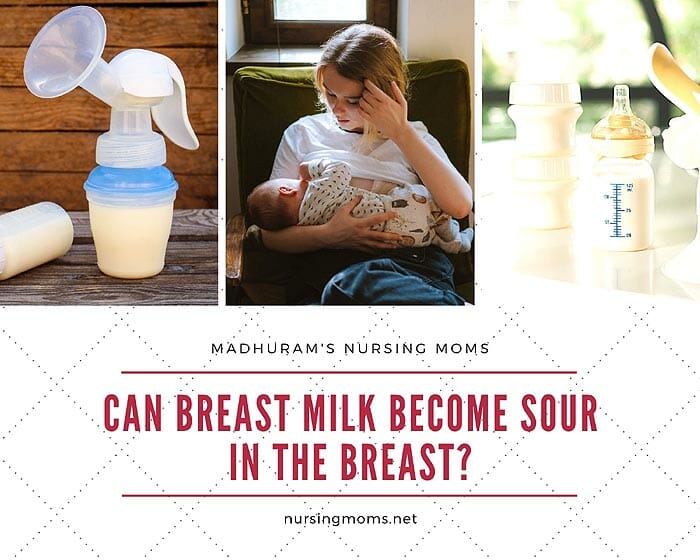
Cleft lip and cleft palate are not side effects of breastfeeding but can impact the nursing process. This is a birth abnormality that can happen independently of the breastfeeding phase. Both cleft lip and cleft palate are orofacial clefts that happen during pregnancy.
Differences between cleft lip and cleft palate
Even if these two conditions are part of the same category, they are not identical.
- The cleft lip is an abnormality during the fourth and seventh week of pregnancy when the baby's lips are formed. If the tissue that forms the lips and, ultimately, the baby's face doesn't form in a way that matches the upper lip with the bottom lip, the cleft lip will appear.
- If your baby is born with a cleft lip, there will be a visible opening in the upper lip towards the nose. This opening could have different sizes according to how much tissue is missing.
- As far as the position of the cleft lip, this could happen on one side of the lip or in the middle of it. If your baby has a cleft lip, it might also have a cleft palate.
- On the other hand, the cleft palate can happen with or without a cleft lip. This is an abnormality that affects the roof of the mouth that is also called the palate.
- The palate is formed from week six to week nine of pregnancy, and if it doesn't form correctly, a part of the palate might remain open, or both parts of it might be affected.
![]()
Main symptoms
Cleft lip and cleft palate might seem like they are only aesthetic abnormalities. But at a closer look, depending on the gravity of each condition, your baby might have various symptoms that come along with these birth defects.
Due to the shape of their lip or palate, the baby might have problems eating. These feeding issues can happen during the nursing phase as well as when they start eating solids.
Babies that suffer from such abnormalities can also have difficulty speaking and forming different words. Some will only have problems with certain words, while others will struggle with all of them.
Ear infections are other side effects that can appear if your baby has a cleft lip or cleft palate. However, ear infections are more common for babies with a cleft palate.
Among other issues that a baby with cleft lip or palate might experience are hearing loss or problems with their teeth.
![]()
What causes cleft lip and palate lip?
Both cleft lip and cleft palate are birth defects caused by an abnormal development during the first trimester of pregnancy.
- The statistics show that, on average, 1 in 1, 600 babies is born with a cleft lip and palate, and 1 in 1,700 babies is born with a cleft palate.
- At the same time, 1 baby in 2,800 is born with a cleft lip but without a cleft palate. These statistics refer to babies born in the United States.
- Genes and genetics, in general, seem to be the causes for such abnormalities. However, even if the exact causes of these conditions are yet to be determined, specific factors might contribute to them.
- smoking, for instance, can increase the risk of orofacial defects in their babies. Also, diabetes seems to influence these conditions as well.
- An interesting cause of cleft defects is the one that comes from the use of specific medication. For example, women who get treatments for epilepsy such as topiramate during the first nine weeks of pregnancy might be more at risk of having a baby with cleft conditions.
However, all these causes are still to be proven scientifically.
![]()
Breastfeeding a baby with cleft lip or cleft palate
If your baby has a cleft lip but not a cleft palate, you will be able to breastfeed them.
- A baby with a cleft lip will latch differently than a baby without this defect. But with patience and proper guidance, they can be nursed just like any other baby.
- When it comes to babies with a cleft palate, the process of nursing becomes more difficult. This is because babies that suffer from this condition usually have problems with suction.
- Therefore, you will have to pump your milk and feed your baby with a special bottle that your doctor will recommend to you in this situation. There are bottles made for babies who suffer from a cleft palate, which will ease the suction process.
- Breastfeeding a baby with a cleft lip will help them strengthen their facial muscles and reduce the risk for infections.
- The nursing process will also help your baby develop a better facial feature by forming their mouth as they are sucking.
Some of the issues your baby might encounter during nursing if they have a cleft lip are:
- Choking or gagging with milk more often than other babies. However, if you get used to holding your baby correctly and make sure they latch correctly, you can avoid such side effects. It is essential to understand that each baby with this condition is different, and you will have to find out what works best for your child.
- Milk might leak from the nose. This could be scary for most mothers, but it is pretty standard for babies with cleft lips. You can avoid it by making sure your baby is latched correctly and positioning them with the lip's side that is not cleft on the breast for better suction.
- Babies with cleft lips can get tired easier than other babies, so you might need to take more breaks. Also, due to this aspect, some babies might take a longer time to nurse until they get satisfied with their meal.
![]()
Is there a treatment for these conditions?
Depending on the gravity of the condition, both cleft lip and cleft palate could be treated or at least alleviated.
- The most common treatment for this condition is surgery. It is recommended that this surgery occurs in the first months of life so the baby will develop regular facial features when they become a toddler.
- If the condition is severe, more interventions might be needed as your baby grows older.
- Your doctor will diagnose the cleft lip or cleft palate severity and inform you about the best solutions you can apply to improve your baby's health.
- Even if cleft lip or cleft palates can be concerning, uncomfortable, and very risky, it is essential to know that it is not definitive.
- With proper care and appropriate treatment, you can help your baby make the transition from this condition to a normal lifestyle.
![]()
Follow the instructions of your doctor to minimize the implications of this condition.
![]()

